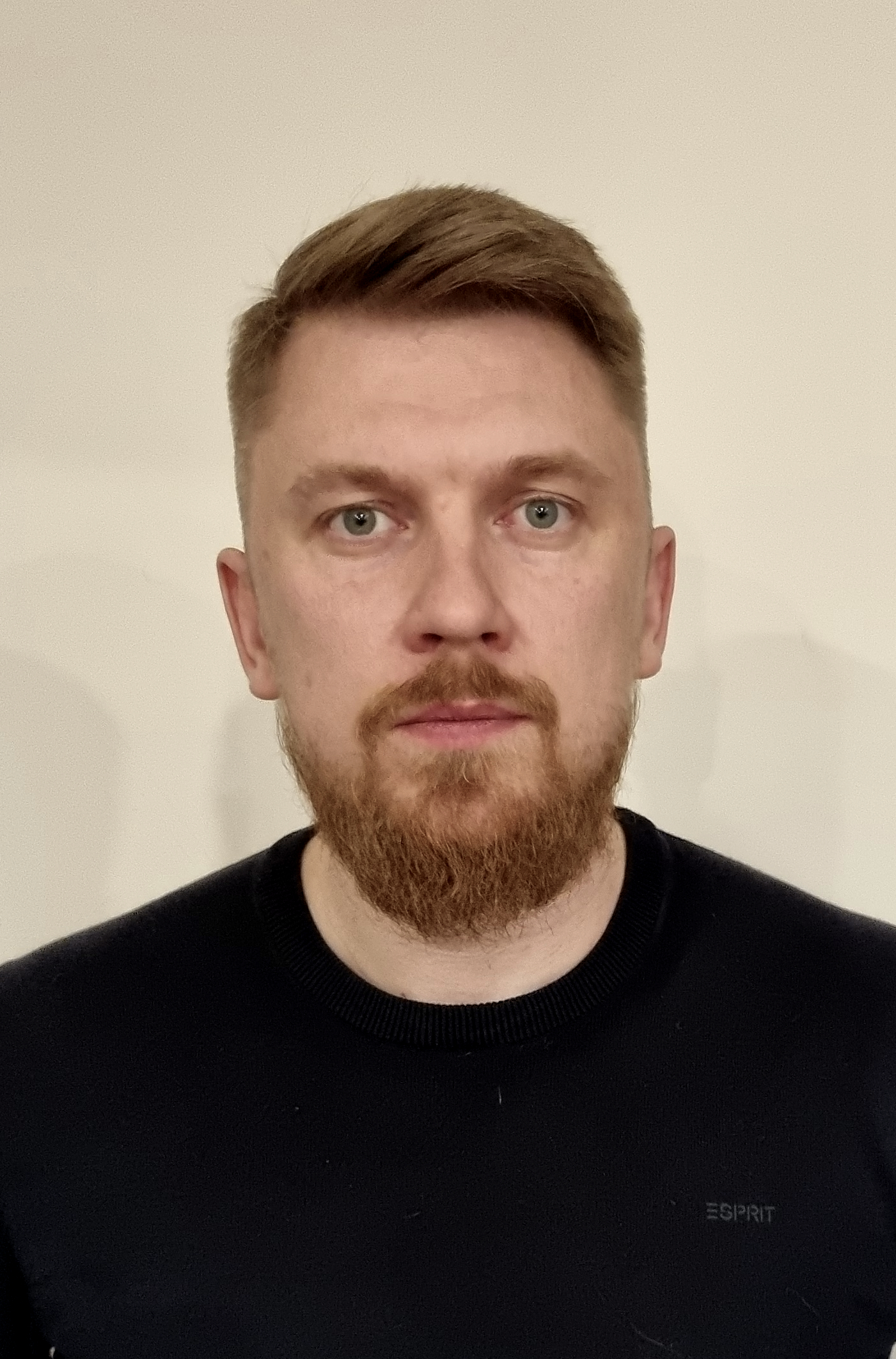Paulius Palevičius is an associate professor at KTU Faculty of Mathematics and Natural Sciences. He obtained a PhD degree in mechanical engineering in 2015. The scientist is involved in the activities of the Nonlinear Systems Mathematical Research Centre. The main directions of P. Palevičius’ research are image analysis and computer vision and multidisciplinary mathematical models.


